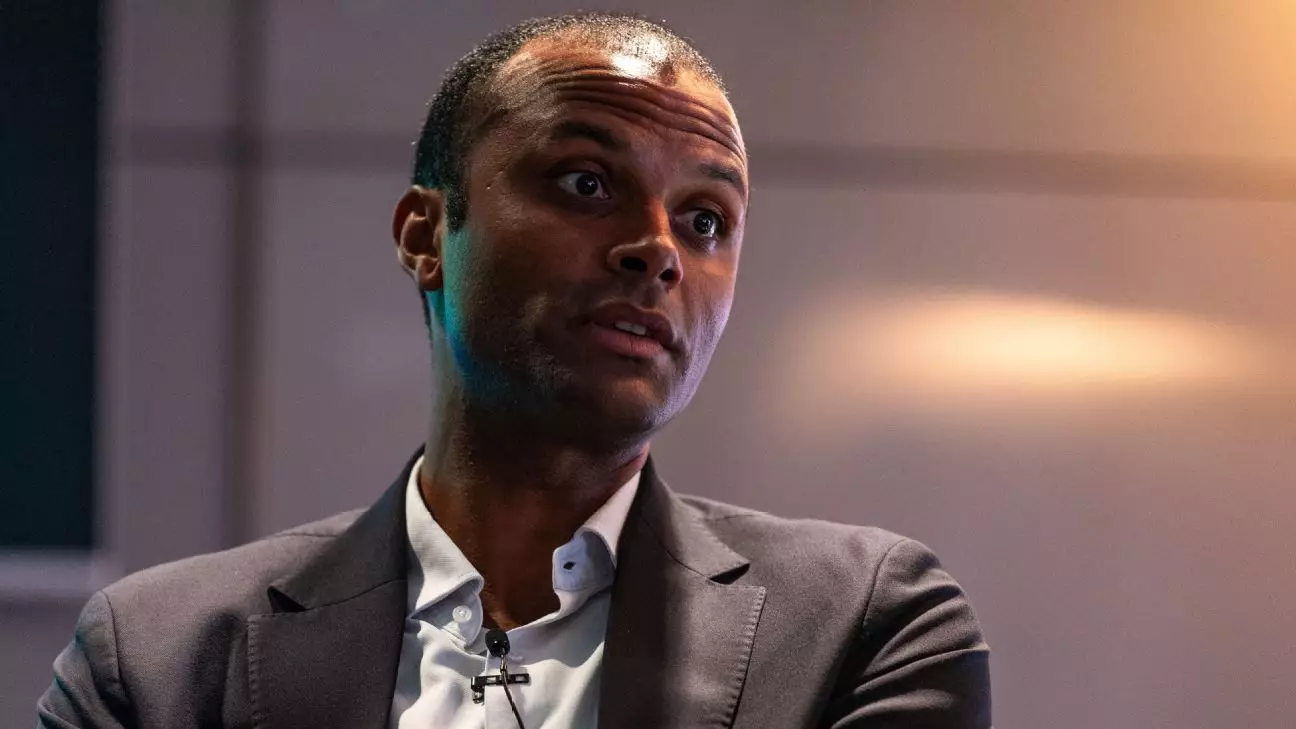Professional football has reached unprecedented levels of competition and visibility, but this intensity brings significant risks to its top players. As leagues expand, so do the demands on players, leading to an alarming trend: burnout. This phenomenon not only threatens individual careers but potentially jeopardizes the vitality of the sport itself. Key figures in the football community, such as Maheta Molango, the chief executive of the Professional Footballers’ Association (PFA), stress the urgent need to protect young talents like Jude Bellingham, Bukayo Saka, and Phil Foden from an excessive workload that could truncate their playing careers.
Burnout manifests itself in various forms—physical exhaustion, mental fatigue, and even long-term injuries. Once promising careers can diminish if proper measures aren’t implemented to safeguard players against unsustainable workloads. A vital aspect of this discussion is the very youth of these athletes; they are often seen as the future of football, but the structural pressures of their current environments can have long-lasting consequences, both physically and mentally.
The scheduling of football fixtures has been increasingly criticized, with the introduction of additional competitions exacerbating the strain on players. The FIFA Club World Cup, set to take place next summer, has amplified these concerns. As Molango emphasizes, the demands of having to prepare for yet another tournament, even after a grueling season, can stretch athletes beyond their physical limits. When heavy schedules clash with critical international dates, the risk of injury and fatigue grows exponentially.
Players like Rodri and Alisson Becker have vocalized these concerns, hinting at the drastic measure of strike action as a method of protest against an unsustainable fixture calendar. Such extreme responses underline the deep frustration within the ranks of athletes who feel their concerns are consistently overlooked. This sentiment reflects a broader critique of how football authorities tend to prioritize financial gain over athlete welfare, creating a potentially unsustainable cycle that threatens the sport’s integrity.
Molango also raises serious questions about the long-term health implications of demanding schedules. The reality is that elite footballers often face the prospect of early retirement due to injuries accumulated over years of overexertion. The statistic of players requiring hip or knee replacements post-career is alarming and speaks to a more significant issue at play. A future generation of footballers could be faced with chronic health problems caused by the very nature of their profession.
The reality for many young athletes today is that a prestigious career can quickly morph into a physically taxing endeavor riddled with the risk of long-term damage. Decisions made by football authorities today could have significant ramifications for the sport as a whole, urging the need for immediate discussions around sustainable practices to ensure the longevity of players’ careers.
Advocating for Change: A Call to Action
Change must come from negotiations that prioritize player well-being. Unions such as FIFPRO and the PFA have essential roles in advocating for their members, ensuring that they are heard in discussions about their working conditions. The notion of players “having a voice at the table” is crucial; if they are sidelined from these conversations, the sport may lose its most valuable assets—the players themselves.
As pressures mount, radical actions such as strikes could become more viable. The onus must be on governing bodies to revisit scheduling practices and heed the warnings of professionals who wear the cleats. Players cannot be viewed merely as commodities generating revenue; they are individuals deserving of support and protection against an unforgiving system.
The future of football hinges on a collective responsibility by all stakeholders involved. This includes players, clubs, leagues, and governing bodies—all of whom must acknowledge the unsustainable nature of current schedules. To genuinely protect the future of the sport, a paradigm shift is necessary, prioritizing player health and well-being above short-term profits.
In reflecting on Molango’s insights, the question arises: how much longer can the sport sustain this level of demand without jeopardizing its core? Indeed, if we wish to see stars like Jude Bellingham and Bukayo Saka shine for many more years, immediate actions must be taken to safeguard their well-being. The preservation of football’s greatest talents should not come at the expense of their health. As the sport evolves, so too must the structures that support those who propel it forward.
